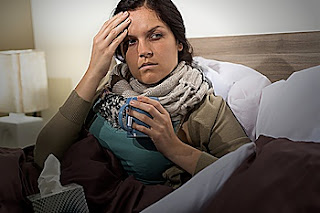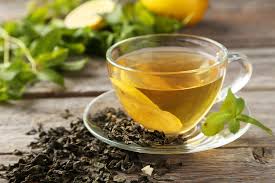You can hit that figure in anywhere from one to 12 drinks, depending upon what you are consuming. Some examples of 400 mg of caffeine include:
- 1 Starbucks Venti brewed coffee
- 2 Shots of 5-Hour Energy
- 2.5 Monster Energy Drinks (16 fl.oz. each)
- 5 Red Bulls (8 fl.oz. each)
- 5.2 Shots of espresso
- 11.7 Servings of Coca Cola (12 fl.oz. each)
The average daily consumption of caffeine is 165 mg. Most of that comes from coffee. Most people get about 105 mg of caffeine from coffee. Brewed coffee contains between 95 and 165 mg of caffeine per 8 ounce cup, so this is about one cup of coffee.
On the up side, the study suggested that drinking an extra 2 cups of coffee a day can reduce the risk of cirrhosis of the liver by 44 percent. This type of liver damage is associated with eating too much and drinking too much alcohol.
On the down side, caffeine consumption has also been linked to heart disease and high blood pressure. Additionally, women who drink more than two caffeine drinks per day are at increased risk of miscarriage.
However, these statistics are aggregated from studies of large groups. They do not necessarily tell you how much caffeine is safe for a specific individual. Guidelines for consumption typically come with a lot of provisos. Certain medications or medical conditions can impact your caffeine tolerance and some people are simply highly sensitive to caffeine.
A better guideline is that you can safely consume caffeine as long as it isn't causing obvious side effects. The most common early stage side effects include jitters, nervousness, restlessness, increased heart rate or insomnia. In some cases, caffeine can also cause nausea, anxiety, arrhythmia (irregular heart beat), vomiting and even cardiac arrest.
If you want to establish how much you can safely consume as an individual, you can keep a food journal to find out for yourself. Ideally, you should track it for at least four weeks. Every day, write down everything you consume that contains caffeine. Also, record when you had it and how much you consumed. Check the label for any pertinent information and do some calculations to get a good idea of how much caffeine you are actually consuming. Make sure you note any side effects, such as insomnia or nervousness.
Keep in mind that caffeine is dehydrating. You may need to drink additional non caffeinated beverages to stay properly hydrated, especially in hot weather, if you are also drinking alcohol or taking medication, or if you are getting on years. Older people are prone to dehydration.
Chronic, low grade dehydration is thought to be a widespread, serious problem in the elderly. It contributes to other health issues, such as dizziness, confusion and constipation. These can be the basis for yet more problems, including accidental falls. Accidental falls are a major problem in older people. Having one fall increases the risk that it will happen again.
The standard recommended safe limit for caffeine is up to 400 mg per day, or about four cups of coffee. However, because tolerance varies from one individual to the next, the best way to know what is safe for you is to track your consumption and side effectsvin a food journal for at least four weeks.


















Contact Form
Sosial Buttons